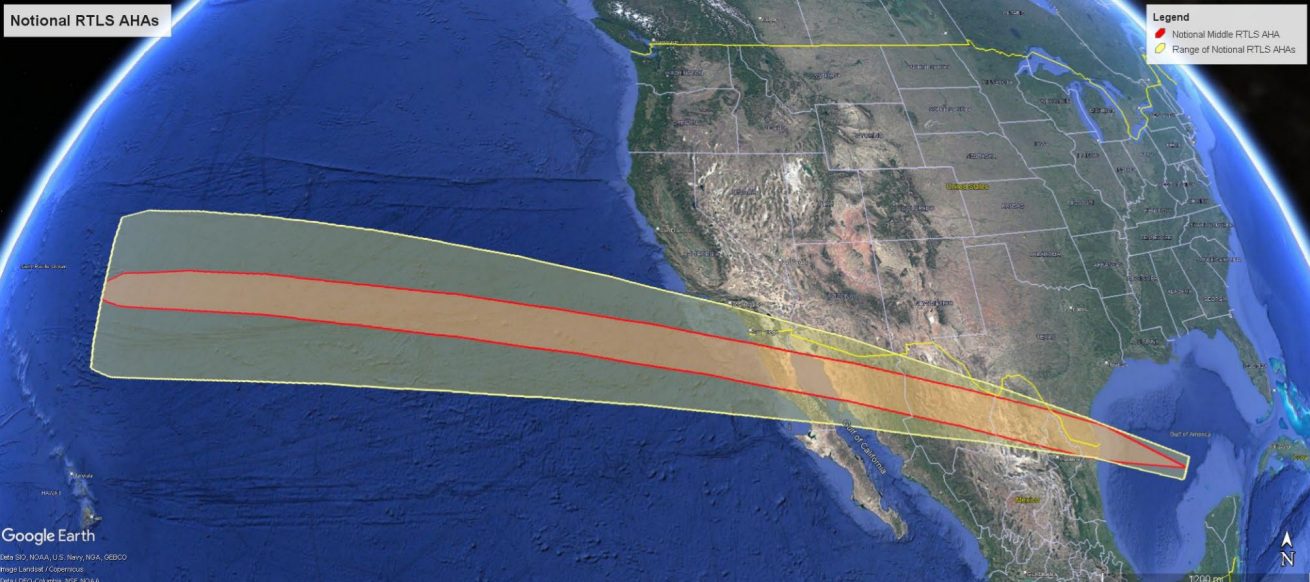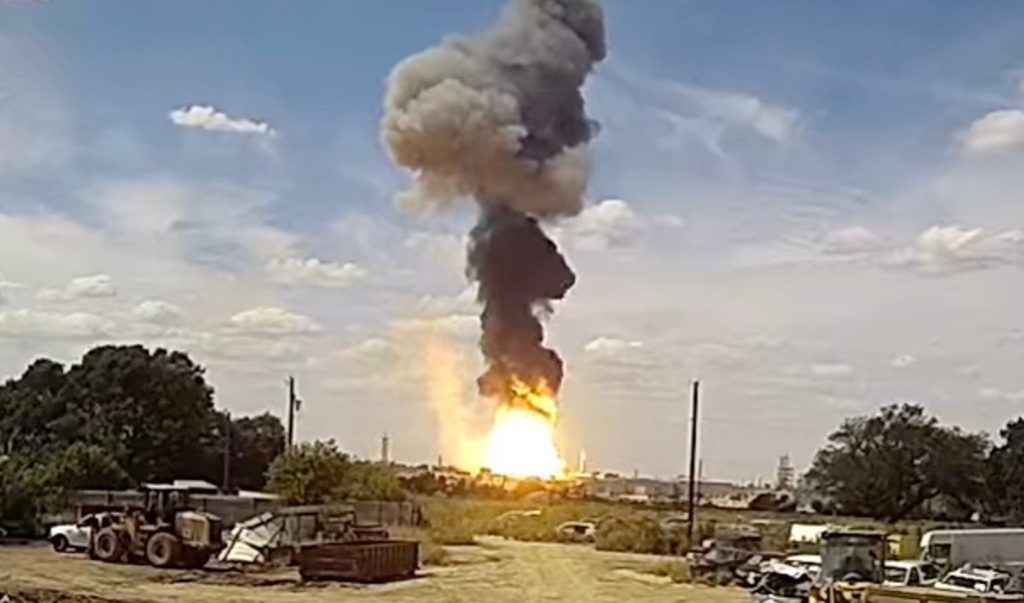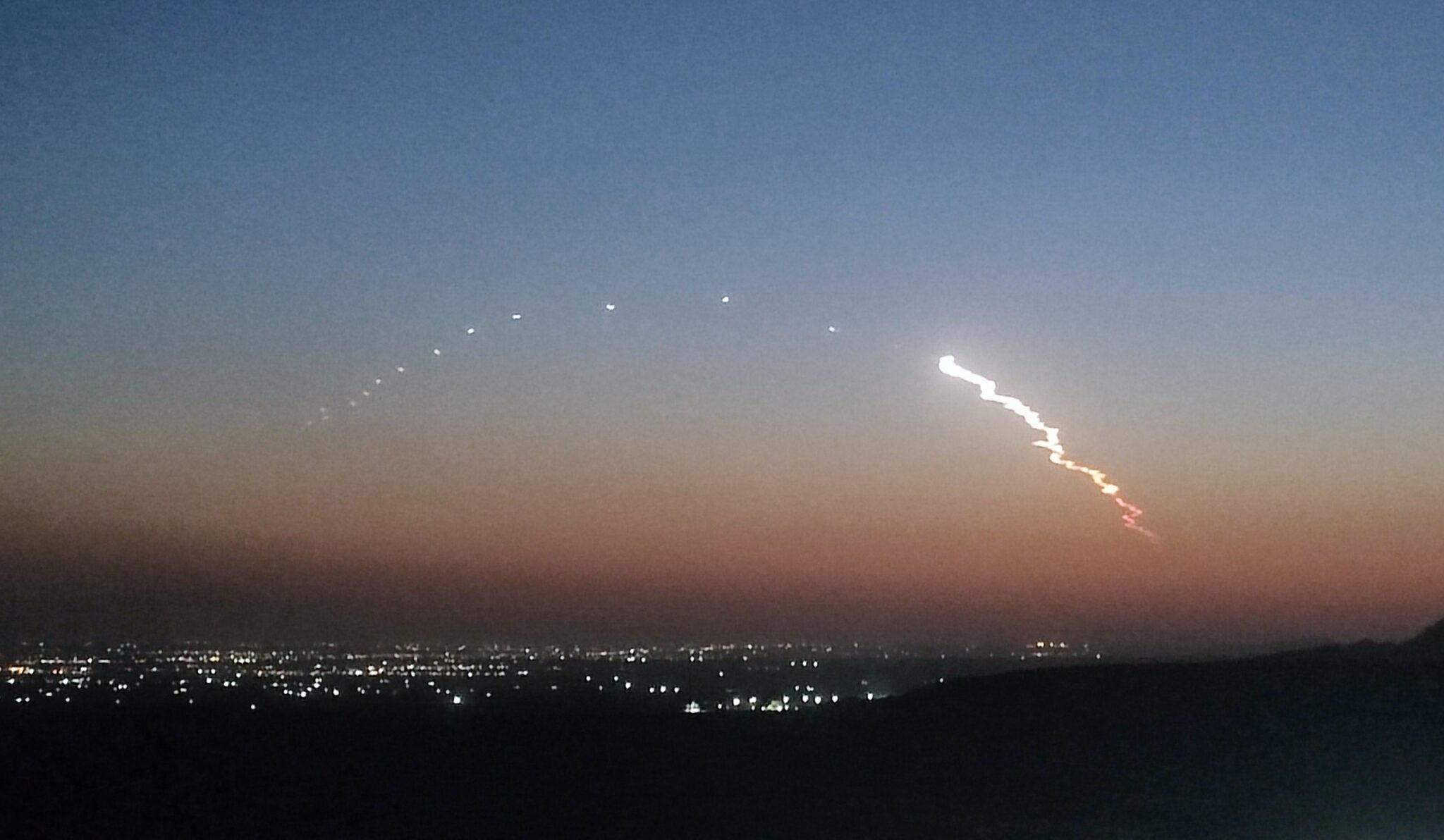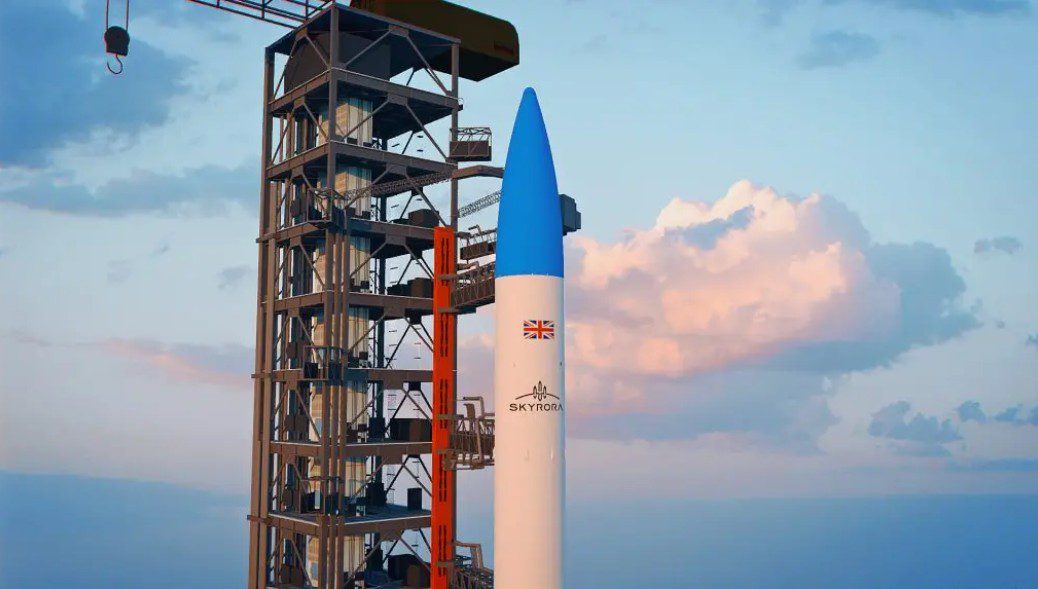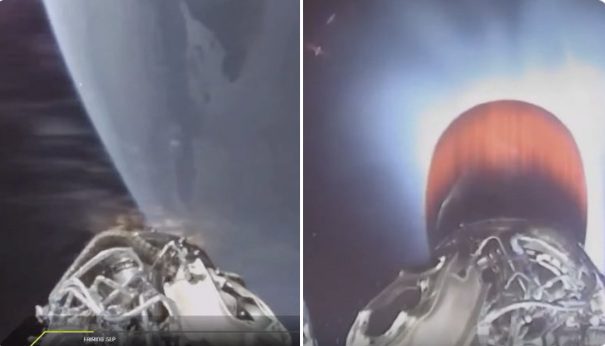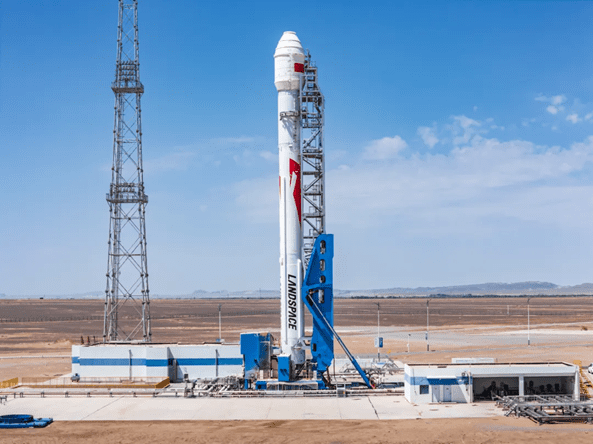The Astra Space Rocket 3.3 (Astra Rocket 3.3), which had suffered a post-ignition launch abort before lift-off a few days previously, has failed to achieve orbit after its launch at 2000 GMT on 10 February from Cape Canaveral, Florida. The LV0008 launch took place after an initial delay caused by upper-level winds. On-board imagery showed it tumbling out of control following separation of the first stage and ignition of the second (upper) stage. The clamshell fairing – which is, unusually, mounted on an interstage and holds not only the satellite payloads but also the second stage inside it – was seen by on-board footage not to have separated/pushed away before this ignition. The second stage, still held involuntarily inside by the fairing, did then ignite on time, blowing the fairings off but apparently becoming destabilised by this explosive event. There may have been damage to the engine or nozzle itself.
As to the cause, a full investigation is under way. There have been suggestions that the thrust of the first stage may have damaged the mechanism preventing separation from happening. Others suggest that the separation signalling might have been at fault.
The launch was financed by NASA as its ELaNa 41 (Educational Launch of Nanosatellites 41) was carrying four CubeSat-class satellites, which are now lost. These were the University of Alabama’s BAMA-1 drag sail experiment, New Mexico State University’s INCA space weather modelling satellite, the University of California Berkely’s QubeSat testing quantum gyroscopes, and NASA Johnson Space Center’s own inspection technology test nanosatellite RS-51.
According to the Seradata SpaceTrak database, excluding two research and development flights of non-full rockets, the Astra Space Rocket series has flown four times and had three failures to date. The Astra Rocket 3.3 version has flown three times with two failures.
While there were already suspicions about the strength of its business plan, the launch further spooked the stock market with Astra’s share price falling 26 per cent before it was suspended.
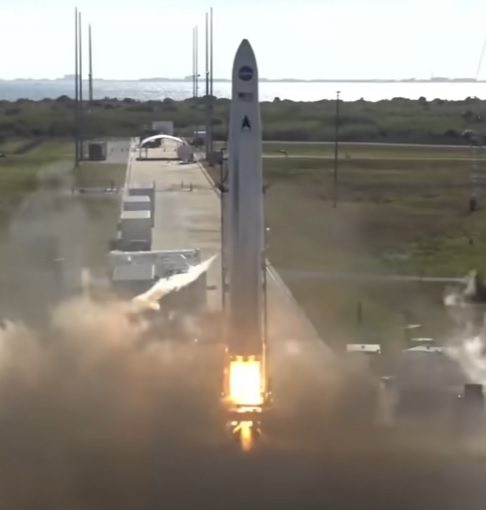
Astra Rocket 3.3 on LV0008 flight had a good lift off…but it all went wrong during the second stage firing. Courtesy: Astra Space/NASAspaceflight.com



